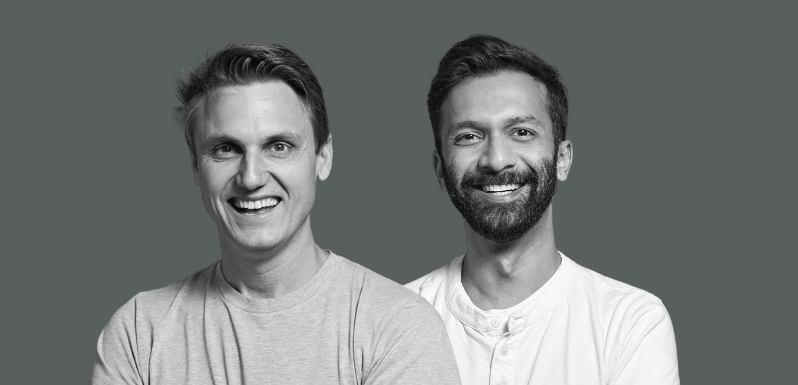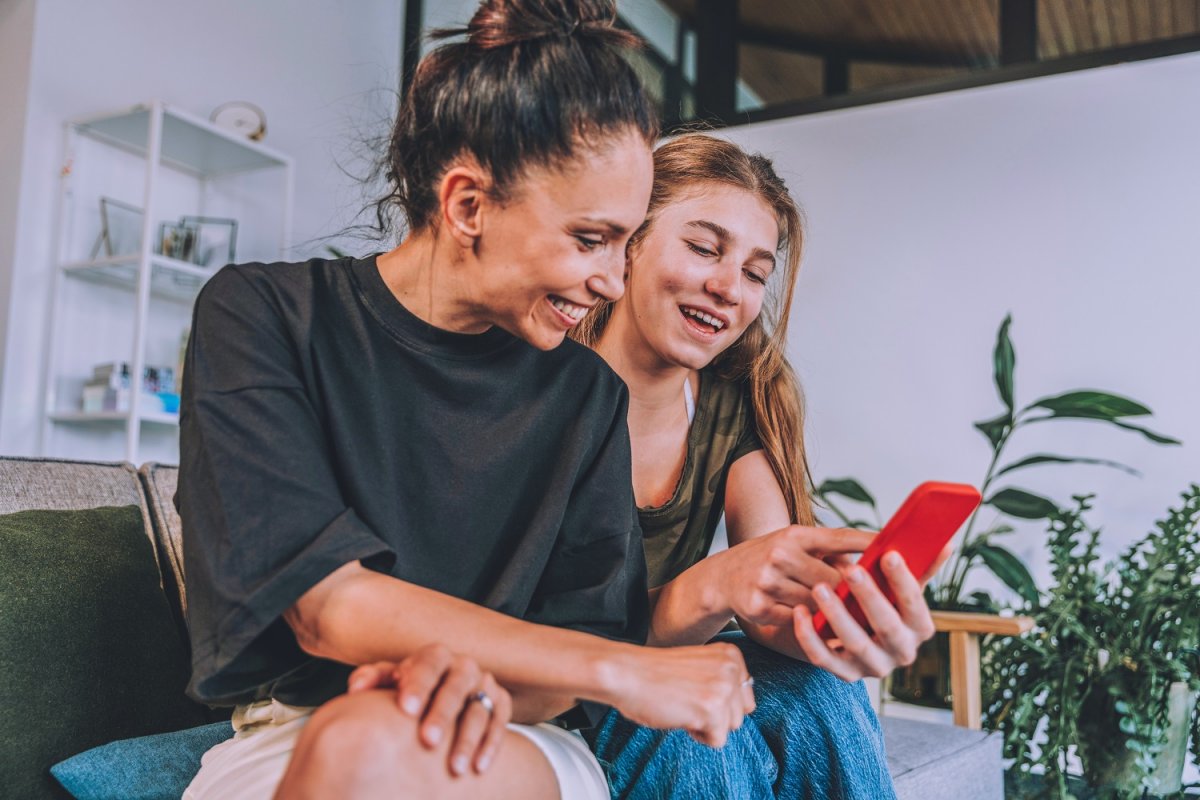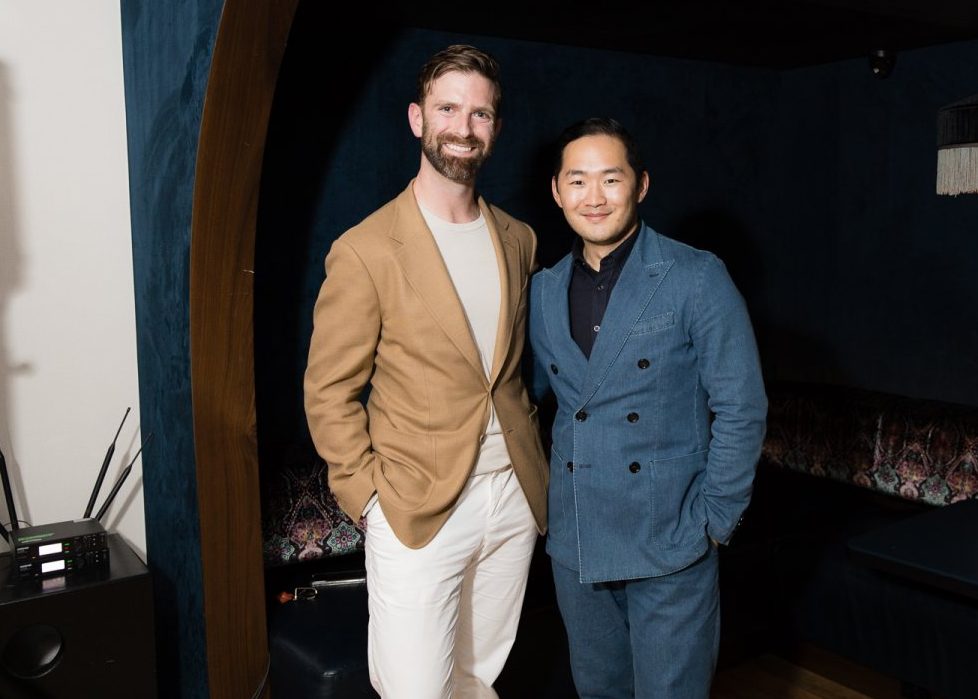[vc_row][vc_column][vc_column_text]When co-founders Rohan Seth and Paul Davison set out to develop their social platform, Clubhouse, they did so with the mission of creating a rare corner of the internet that could facilitate genuine conversation. Clubhouse launched in April 2020, when most of the world was riled up in heated online monologues critiquing politics and healthcare protocols through the COVID-19 pandemic. But through an array of rooms, diverse audiences, and an emphasis on dialogue, Seth and Davison’s platform offered something entirely different from the one-way forms of communication that had typically plagued the internet.
Instead, Clubhouse developed a way for users to listen to live conversations with expert panelists while given the opportunity to have their own opinions heard, too. It was a radical idea that married intimacy and innovation and one that has seen the platform continue to evolve ever since.
For those who might have been quarantining under a rock throughout the start of the pandemic, Clubhouse essentially enables users to join “rooms,” where friends, strangers, and experts discuss everything from cryptocurrency and politics to diets and video games. Hosts can “pass the mic” to others in the room while listeners raise their hands virtually to request to speak.
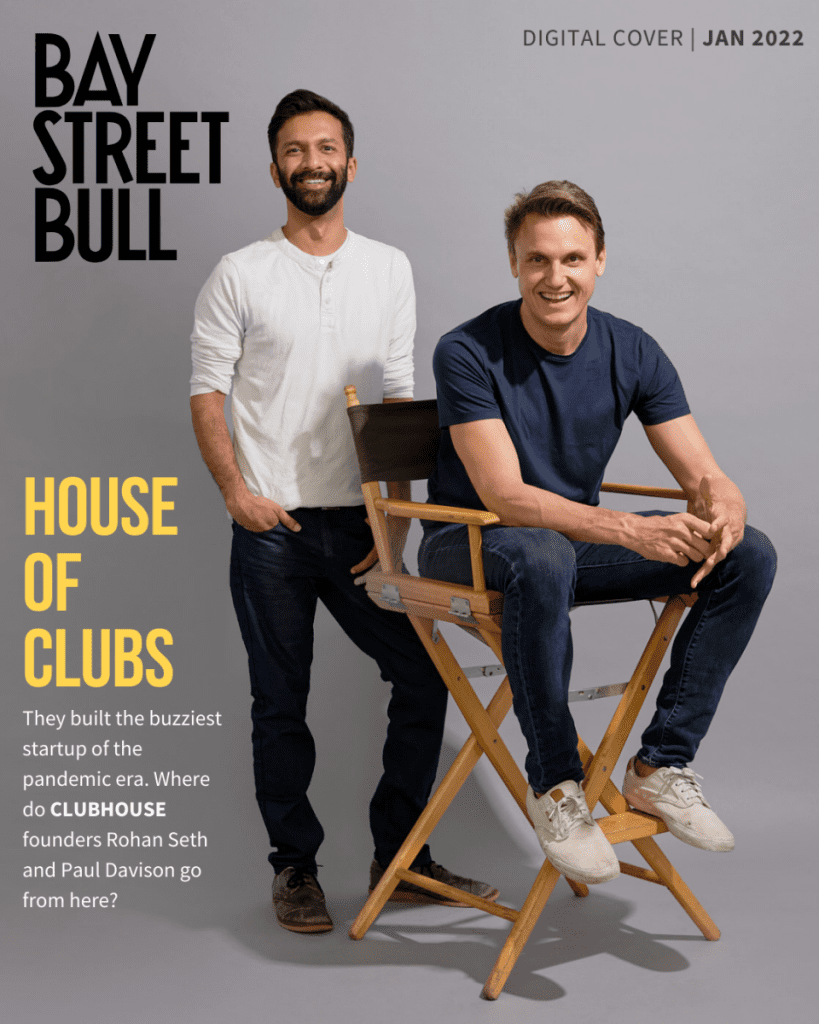

Upon its launch, the revenue-free consumer app was quickly embraced by titans of Silicon Valley and the general public alike. But to underscore its promise of measured conversation, the platform launched with an invite-only approach to help manage the userbase. Even so, the initial demand for the platform was almost too great. Invite codes sold for up to $400 on eBay, notable names started flooding rooms with regularity, and traffic couldn’t have been higher. But soon, the dust settled, rooms diversified, users found their communities, and what was left was a space working towards inclusivity and meaningful dialogue.
“There’s something incredibly important and impactful that you can do when you can bring people with different perspectives and different lived experiences into a room and create a place where they can talk to each other as humans,” says Davison. “After George Floyd’s murder, I remember going into this room where there were around 10 members of the user community who are predominantly white talking about how they could be better allies. […] I came back 10 minutes later and they’d been joined by another 10 members of the community who were predominantly Black. And they were talking about their lived experience and what this meant to them. It was a raw, difficult, and important time in the country and the world. The conversation went on for hours and days. Those moments are just so important.”
Within months, Clubhouse had permeated both ends of a divided political aisle, navigated impassioned geopolitical conversations, and offered community to those isolated at the height of an international lockdown. In part, such inclusivity was a by-product of the diversity of users and available rooms, but for founders Seth and Davison, it was the audio medium itself that allowed for this initial surge in popularity.
“The thing that always frustrated us about the modern media is that it’s really hard to create good spoken audio content,” says Davison. “You have to first say, ‘Hey everyone, I’m going to start a podcast.’ And that’s a big leap. You have to give it a name and commit to doing it at this regular cadence. And then you have to prepare for the recording and then you have to do post-production. Then, you have to set up RSS feeds. Like, you shouldn’t have to know what an RSS feed is in order to talk. And then when you do put the content out there, there’s a delay until people can listen to it, which means you can’t do live. You can’t do interactive. You can’t do things that are the foundation of terrestrial radio.”
The solution was clear: a live podcast where the audience could offer their immediate thoughts on any given subject. Today—as the platform steadily approaches its second anniversary—Seth and Davison’s once-novel idea has become somewhat saturated. Upon seeing Clubhouse’s astronomical growth, the internet’s copycats soon mimicked the platform’s defining features. Twitter Spaces emerged, Spotify launched Greenroom, and Facebook developed an audio chat feature. Such heated competition as well as the moderation challenges that follow every social platform have proved worthy obstacles to the platform, but Seth and Davison are more than equipped for the task.
Throughout Clubhouse’s journey, its key differentiator has remained the same: inclusion. While Twitter Spaces and Discord may offer a similar technological service, Seth and Davison’s direct emphasis on diversity and accessibility is perhaps the platform’s greatest asset and one that only continues to evolve.
“We made an intentional effort to diversify the community,” says Davison. “We said to people in the early community, ‘Please help us invite more women, invite more underrepresented minorities, invite people from other industries, invite people from other geographies. And that’s been such an incredible evolution of the product to move beyond one community, to become a network of many different communities. […] That’s the big story of Clubhouse back then [compared] to Clubhouse today; it’s just much larger, much more diverse.”
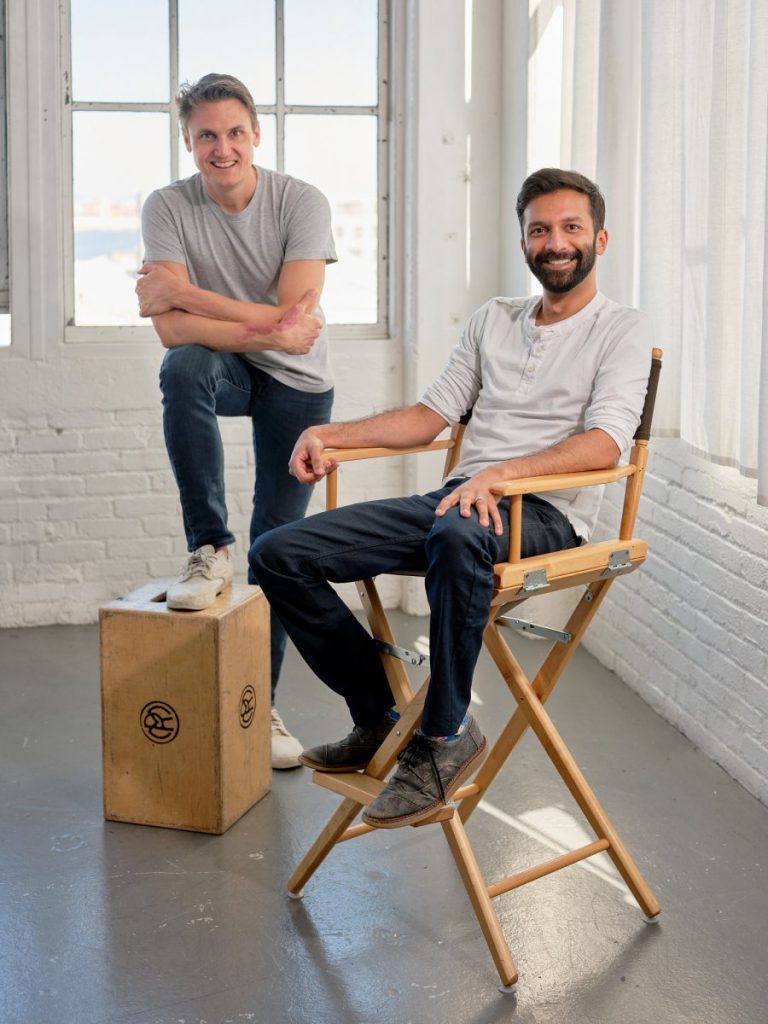

But with such diversity comes a surge of new users, which poses as both a benefit and a hurdle for Clubhouse’s team to manage, with the platform amassing over 34 million downloads and 10 million users within a year of its launch.
“It has been a rollercoaster,” says Seth. “Back in January [2021], our company was eight or nine people. We have about 80 or 90 people now. We’ve launched on Android. We’ve opened up to the world to move beyond the invite system. We’ve built foundational features like [direct messages] and universal search. We’ve launched replays and pinned links. We’ve localized the app into 13 languages with more to come. And what we’ve seen as we’ve launched these new features is that new behaviours emerge, right? You see new people join from all corners of the world.”
When the app launched on Android, Seth says that Clubhouse’s backchannel messaging system had seen more than a billion messages sent and a growth of 300,000 rooms started per day to close to 700,000 within six weeks of introducing the platforms to Android users. Still, despite the massive surges in traffic, Davison explains that the platform’s ultimate goal is far more sustainable.
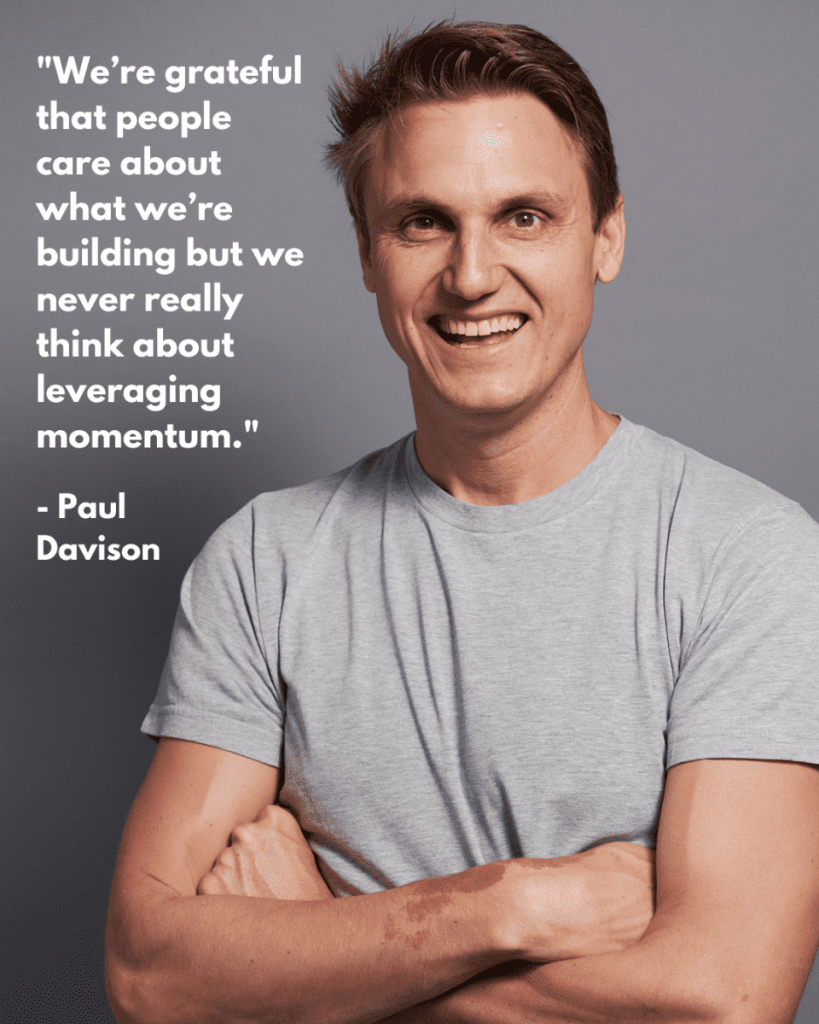

“We had a few different periods throughout [2021] where we saw big spikes,” says Davison. “We had ones in January, February, June, and July. That’s pretty normal for an early-stage social platform, but it’s not actually the goal. The goal is not just leveraging momentum or leveraging hype. The goal has always been the long-term. We really focus on stability and moving beyond periods of intermittent growth. That’s why, for the longest time, we kept the team small, so we could focus on building. We intentionally did not do press because we just want to focus on the product. So, we’re grateful that people care about what we’re building but we never really think about leveraging momentum. We think about the long-term rather than specific moments in history.”
Even so, when your userbase includes regulars like Meek Mill, Jared Leto, and Chrissy Teigen, “hype” becomes something of an inevitability. As for the startling number of rooms still constantly popping up throughout the app, populated by everyone from Tiffany Haddish to your next-door neighbour, Seth and Davison haven’t lost touch with the sense of intimate community that first launched Clubhouse into orbit.
“Every Wednesday at 5:00 PM PST, Rohan and I hold ‘New User Orientation’ where we create a room and we invite all the people who have joined in the past seven days,” explains Davison. “We give them a big introduction to what Clubhouse is, how it works, and what all the norms are. And then we invite them to come up on stage and ask us questions. We make sure that they feel oriented. Every Sunday, we hold a ‘Town Hall’ at 9:00 AM PST where we talk with the community and answer their questions. We talk about the features that we’re going to be shipping the next week and we try and make sure that everything that we do is guided by the feedback that we’re hearing from them on the platform. It just really encourages a more human form of dialogue and connection.”
Almost two years removed from the platform’s infancy, users are still trying to combat the isolation caused by a pandemic that has completely shifted our notions of human connection. As we continue to search for solutions and common ground, platforms such as Clubhouse are once again witnessing a surge in popularity. It seems natural for us to search for genuine conversation in the remoteness of a lockdown or comradery in the wake of polarization. How Clubhouse will evolve when the world returns to a state of normalcy largely remains to be seen, but for now, Seth and Davison continue to make good at precisely what they set out to do: forge genuine community in the internet’s wild west.[/vc_column_text][/vc_column][/vc_row]
[yikes-mailchimp form=”1″ title=”1″ description=”1″ submit=”SUBSCRIBE”]


